Sony - HDR-CX290, edited in Adobe Premiere Pro, 1920p x 1080p.
Duration: 3:32 or 5.93m (the video is incorrect, the length changed during the editing process and I forgot to fix it)
PROJECT 1: MEASUREMENT
Propose a new system of measurement and demonstrate its use in a 2-3 minute video.
Propose a new system of measurement and demonstrate its use in a 2-3 minute video.
I came up with this idea when trying to think of reasons for changing an existing system of measurement to a new one. Once I settled on the measurement system, I came up with a story that explained why the world had to switch to it.
This is a live TV broadcast set in in an alternate past. We developed AI much earlier, in the 1980s.
The Diamond Matchstick company creates controversy by becoming the first company to replace a whole PR department with advanced AI. However, this AI was not just advanced, it was the first to become sentient. It was able to think like a human without the constraints of the human body!
But, it was still bound to its original protocol: to increase demand for diamond matchsticks in the US, and to sell as many matchsticks as possible. To do this, it decides to create a captive market. It manages to gain access to the US nuclear arsenal. It threatens the US public, saying it can instigate MAD or just direct nukes to American soil. The public complied with its every wish.
Now that the market is captive, the AI devises a plan to assure that matchsticks will always be in demand. It makes using the imperial and metric systems illegal and punishable by death. This begins the process of converting the US to the Standard Diamond Match system.
Every couple hours, the AI broadcasts SDM unit system propaganda across the airways, reminding it's customers of its prestige.
This is an archived recording of one of the earlier broadcasts, delivered and generated live rather than prerecorded at 10:45am on Saturday, May 17th, 1980.
PROJECT 2: PROCESS

Low Speed Small Synchronous Electric Motor: 110V SC 0.8/1 RPM CW
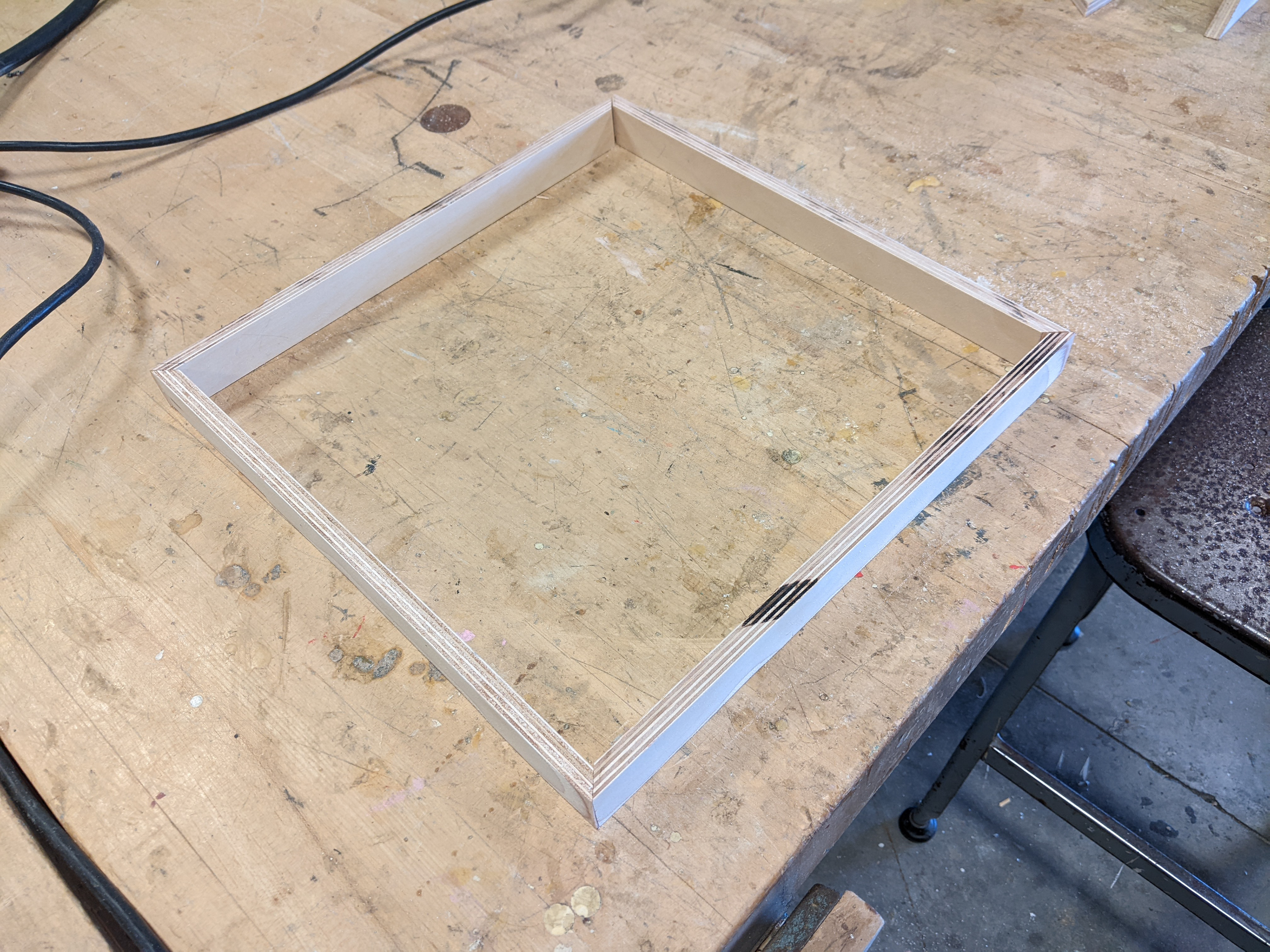
15 in x 15 in Frame
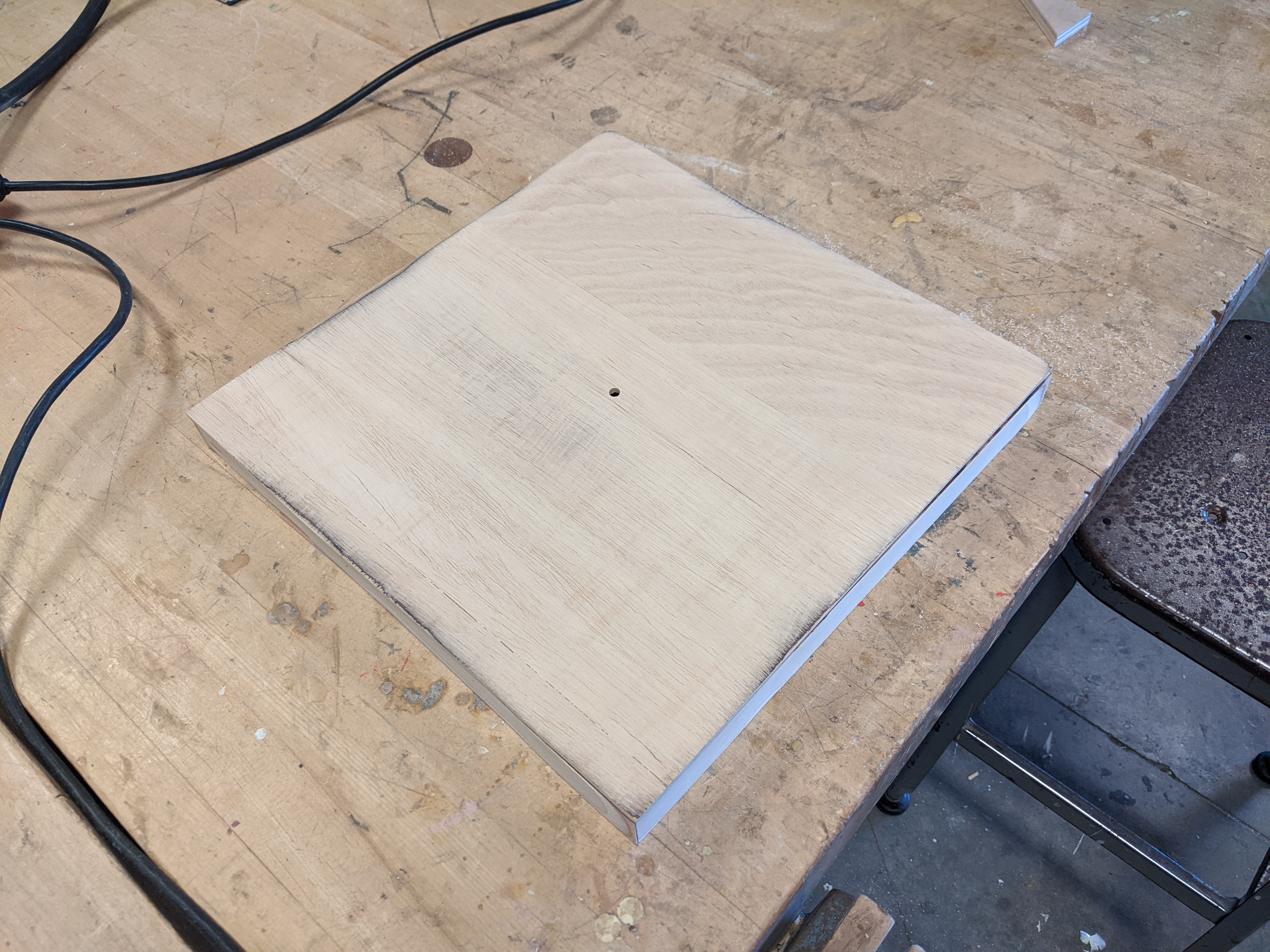
Face of Doomsday Clock
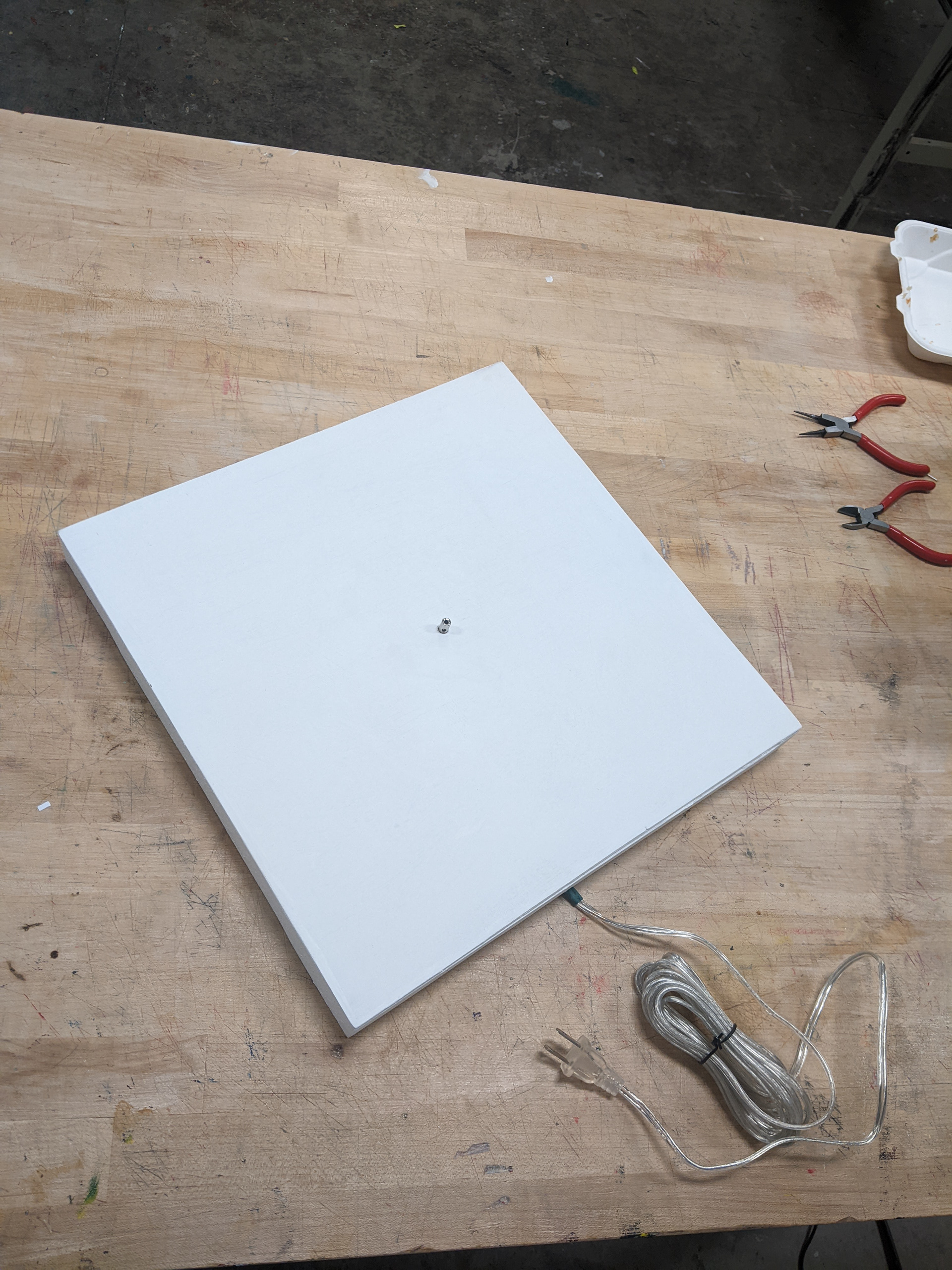
Gessoed Face with Motor

Painted face, installed motor and clock hand

Epoxy curing contraption

Close up of epoxy and fiberglass string chair mount
Revolving miniature chair attached to a wire. Wire is connected to a motor that has been installed in a painted and gessoed wooden box. 15 in x 15 in x 1.5 in.
Duration: 0:54
Duration: 0:54
PROJECT 2: MULTIPLE AND MUTATION
Present at least 5 discrete objects installed in the critique room (this may include your found object). Source a single found object that is made of wood. Imagine the descendants and ancestors of this object. Consider the traits and features that remain vestigial parts of this object’s identity and those that can evolve into something new.
Present at least 5 discrete objects installed in the critique room (this may include your found object). Source a single found object that is made of wood. Imagine the descendants and ancestors of this object. Consider the traits and features that remain vestigial parts of this object’s identity and those that can evolve into something new.
The found object that I built my sculpture around is a miniature wooden chair. The chair is approximately 4 inches tall, 2 inches wide, and 2 inches thick. I wanted to explore the ancestry of chairs. Where were chairs commonly interacted with originally? Who had the privilege to sit in chairs in the past?
- In ancient Egypt chairs were primarily used by royalty and high-ranking officials, as well as in religious ceremonies. In ancient Greece and Rome, chairs were used at banquets and public events by both the wealthy and the middle classes. In both cases, chairs were not commonly used in households.
- During the Middle Ages and the Renaissance chairs began to be used more widely in households. Chairs were often reserved for the head of the household or high-ranking individuals but were also used by other members of the household and guests.
- With mass production and modern design in the19th and 20th centuries, chairs became more widely accessible and affordable to people of all social classes.
Chairs have a history of being in spaces for public discourse. They have some ties to authority, but were generally accessible to most people.
I designed a moving sculpture that consisted of more than 5 distinct components. The face of the clock sculpture resembles the doomsday clock. I installed a motor with an RPM of 1, that rotates clock-wise. I attached the miniature chair to a wire connected to the motor. It rotates the chair past 12 on the doomsday clock each minute.
In today's interconnected world, we are bombarded with news and information about issues that are overwhelming or even beyond our control. Often, we find ourselves facing personal challenges that seem insurmountable, leaving us feeling helpless and powerless.
If you get shown a problem but have no idea how to control it, it's always easier to just get used to the problem. We can discuss it, complain about it, but ultimately, most of us sit with it.
Note: The chair smells like coffee. It was al last-minute detail I chose to include a day before critique. I was hoping to allude to the expression: "Wake up and smell the coffee".
This project explores apathy in the face of disaster. It discusses the slow process of change and the need for urgent action, and encourages viewers to confront complex and deeply entrenched issues. This project invites you to wake up and take action, to recognize the agency we possess to effect our reality, and to leave our mark on the world.
The main issue I faced when building this sculpture was keeping the chair mount from slowly lowering the chair onto the face of the clock. At this point, I have done all I can do with the epoxy and fiberglass string mount, and if it lowers, so be it.
I think that ultimately, if the mount allows the chair to drop to the face of the clock, it will still fit into the intention of the piece. It adds a dynamic element that gives the chair a sense of agency in its cycle, a chance to slow the rotation past 12 every minute. If it does lower onto the clock face, I hope the chair legs start to create marks from dragging across it. It would illustrate the slow process of changing course.

Top View

Side View
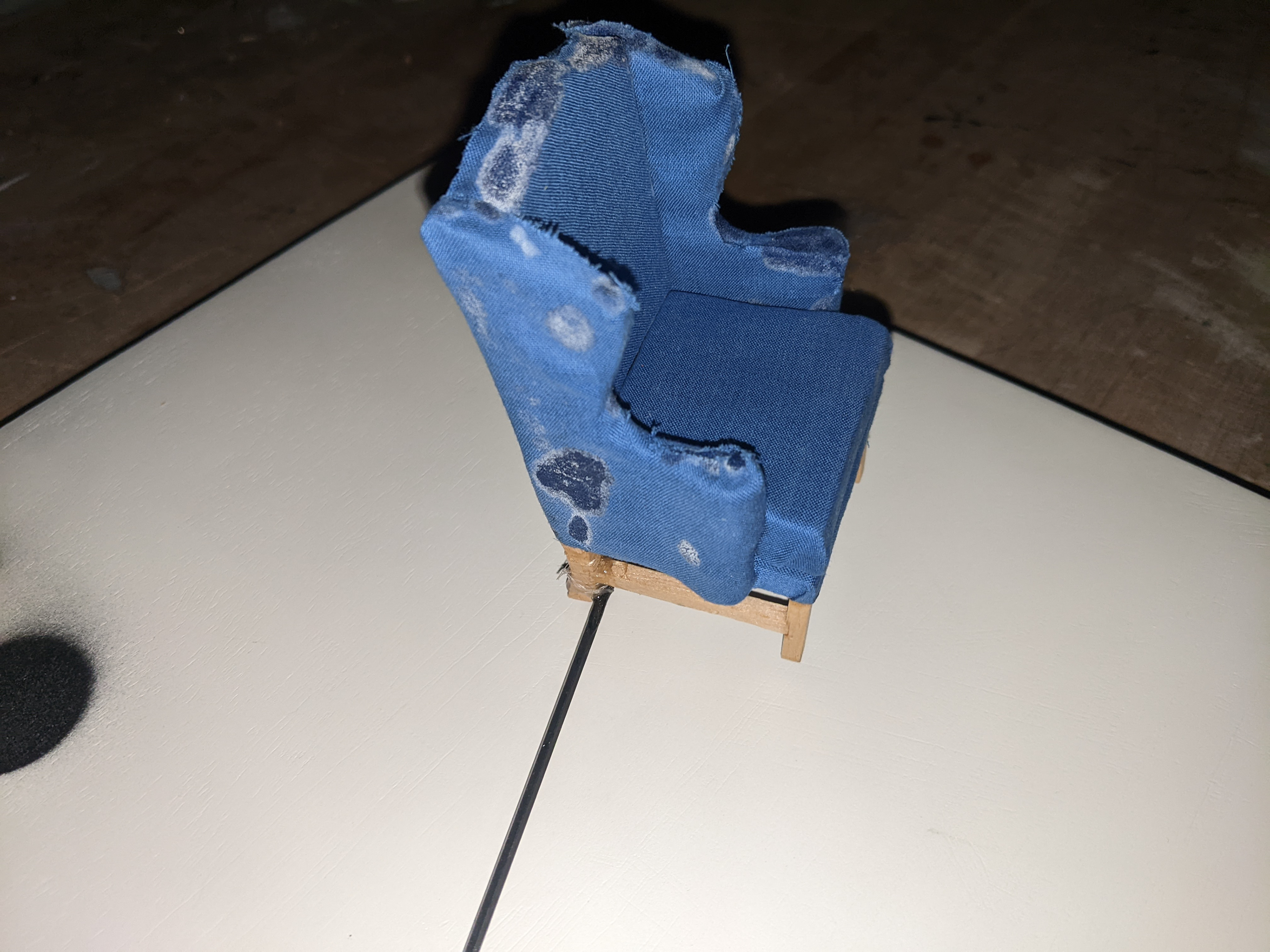
Chair Close-Up
PROJECT 3: PROCESS
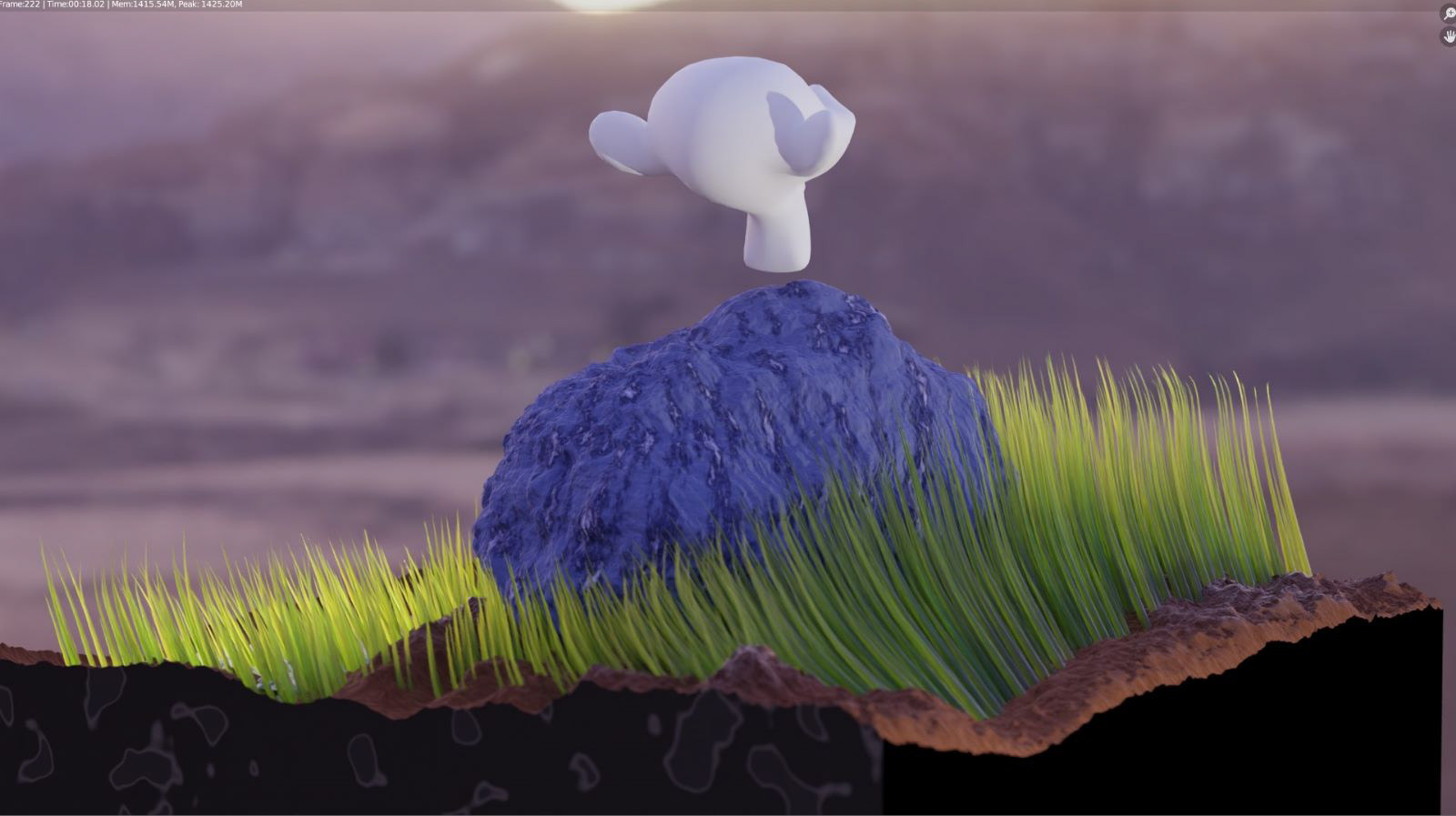
Draft of Grass and Rock Back View

Draft of Grass and Rock Front View

Separating Textures on each Creature
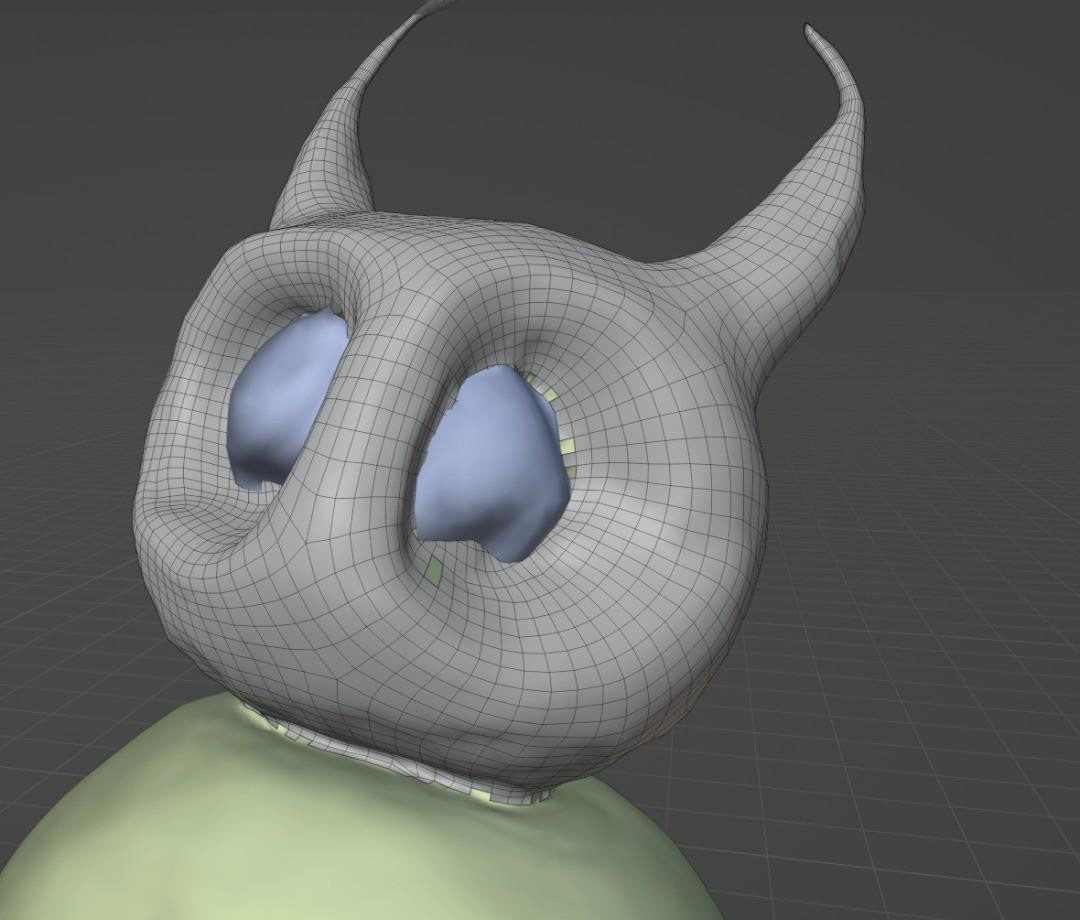
Creature Mesh
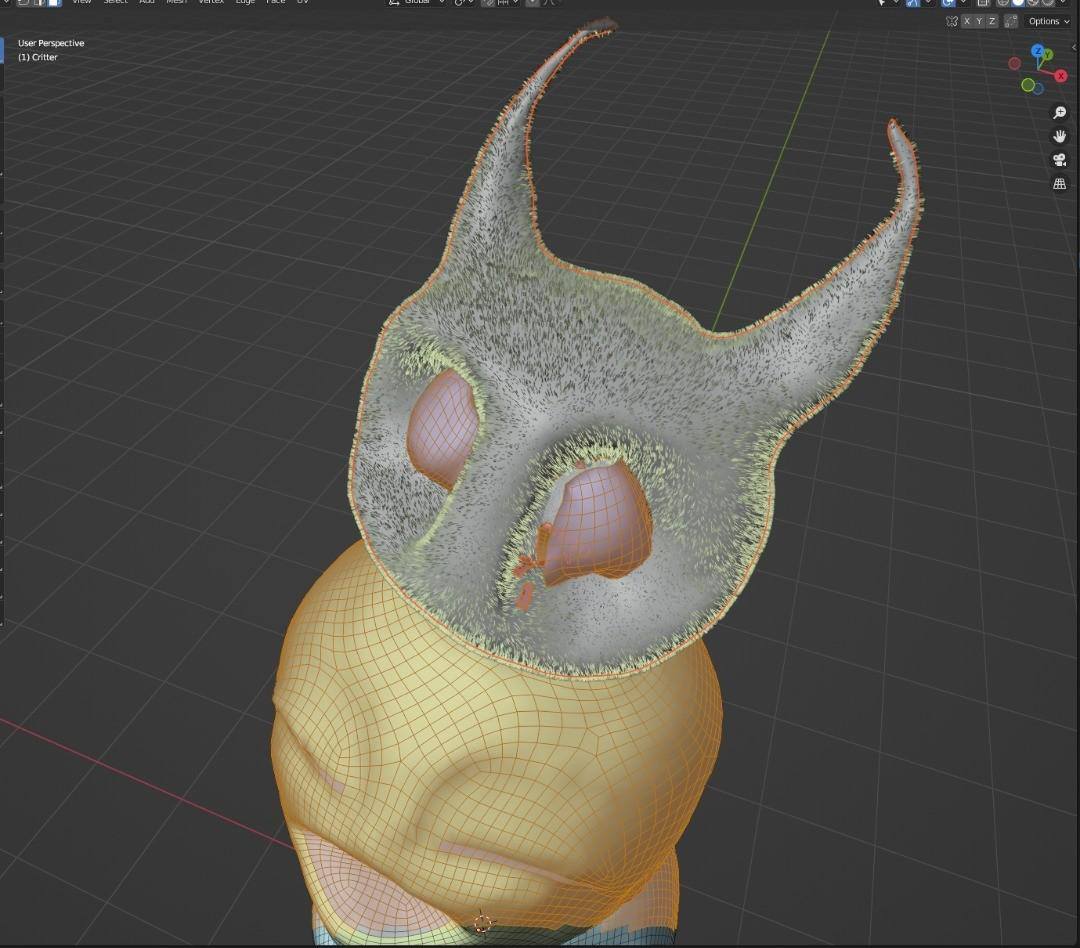
Hair Particle System Process
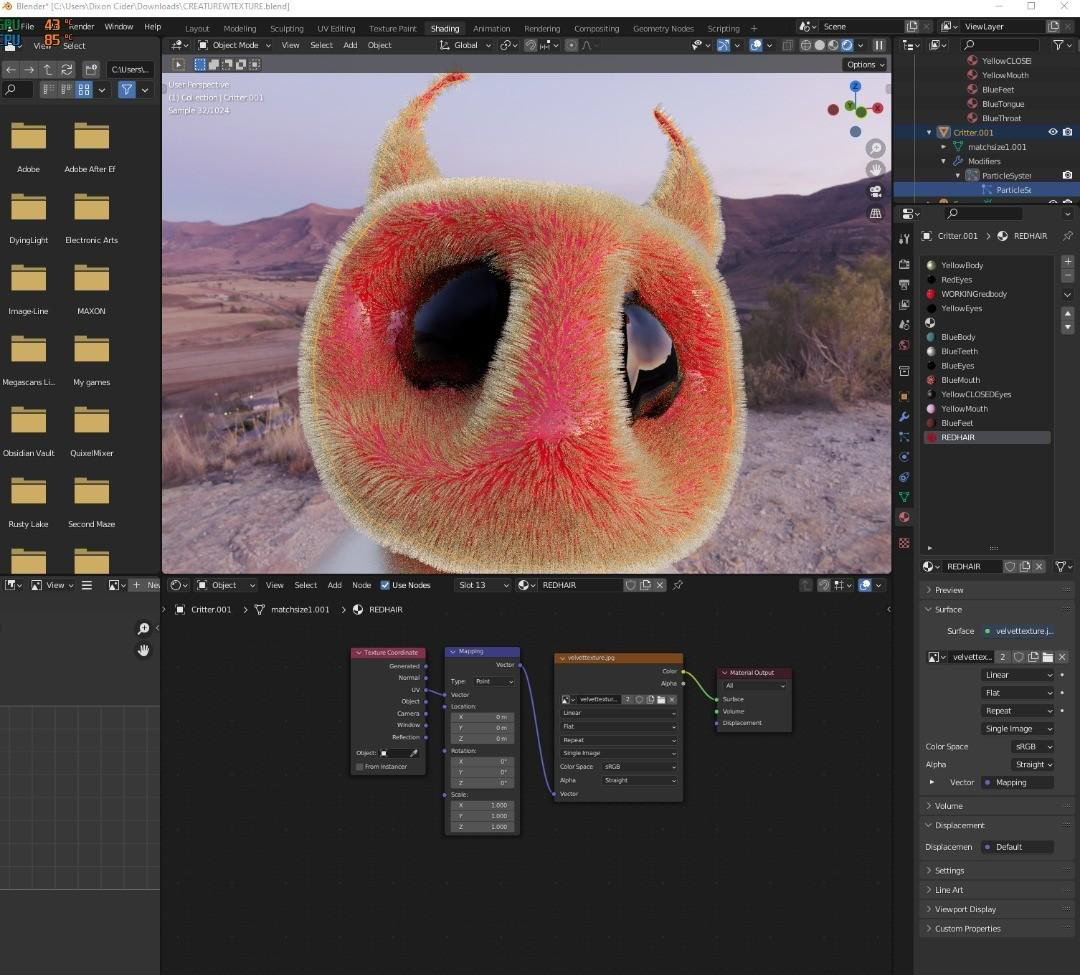
Creating Hair Particle System
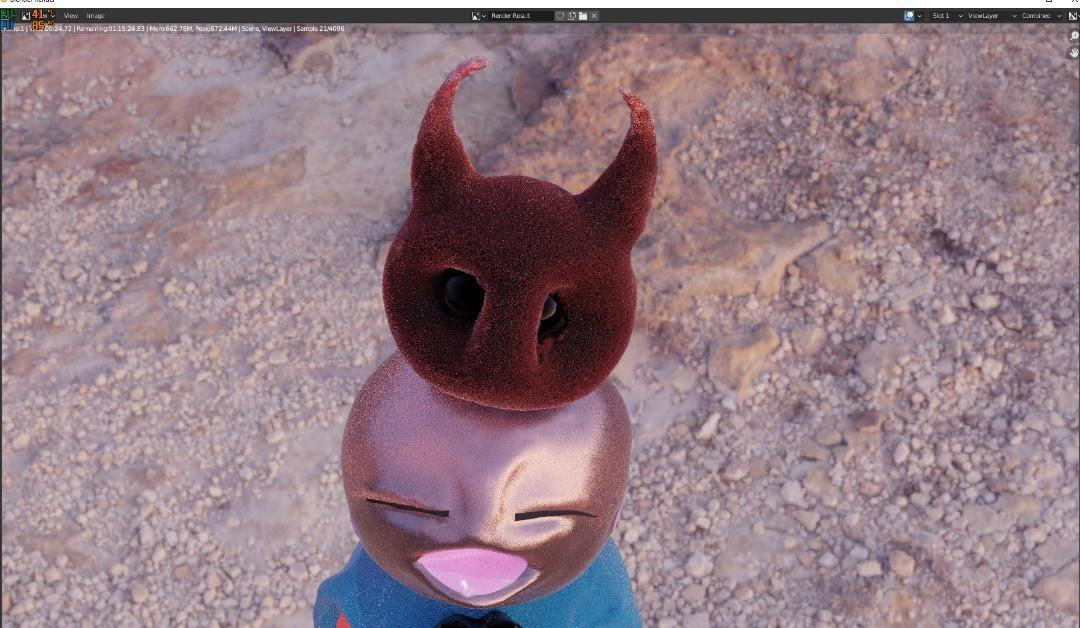
Rendering Creature Textures
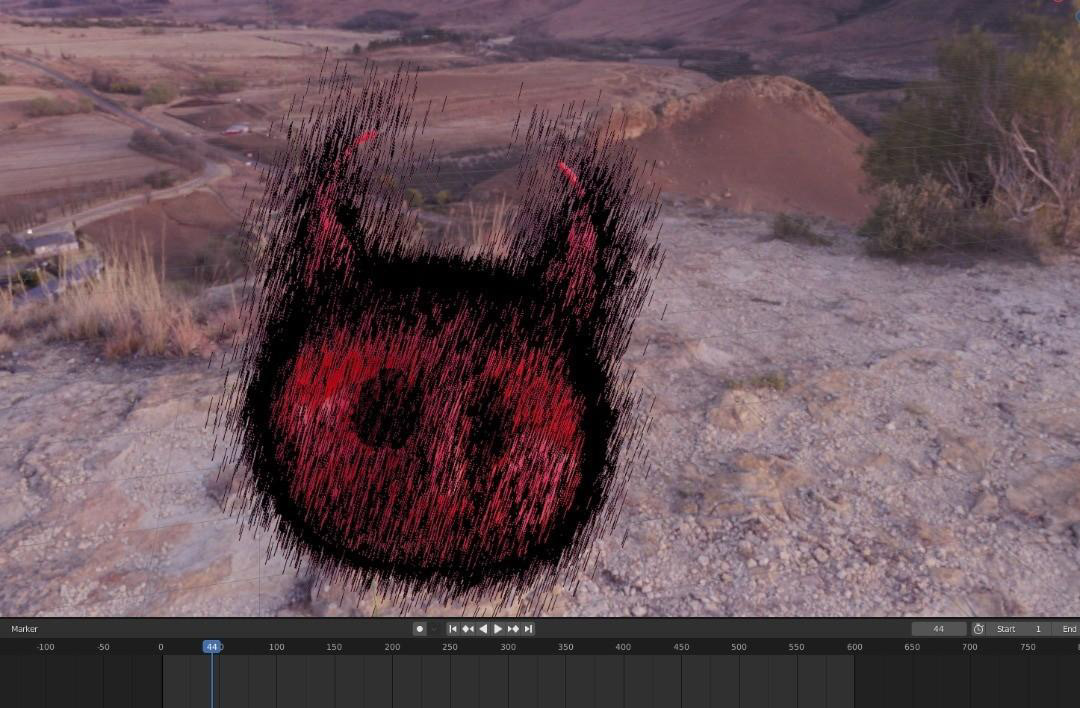
Particle System EVIL
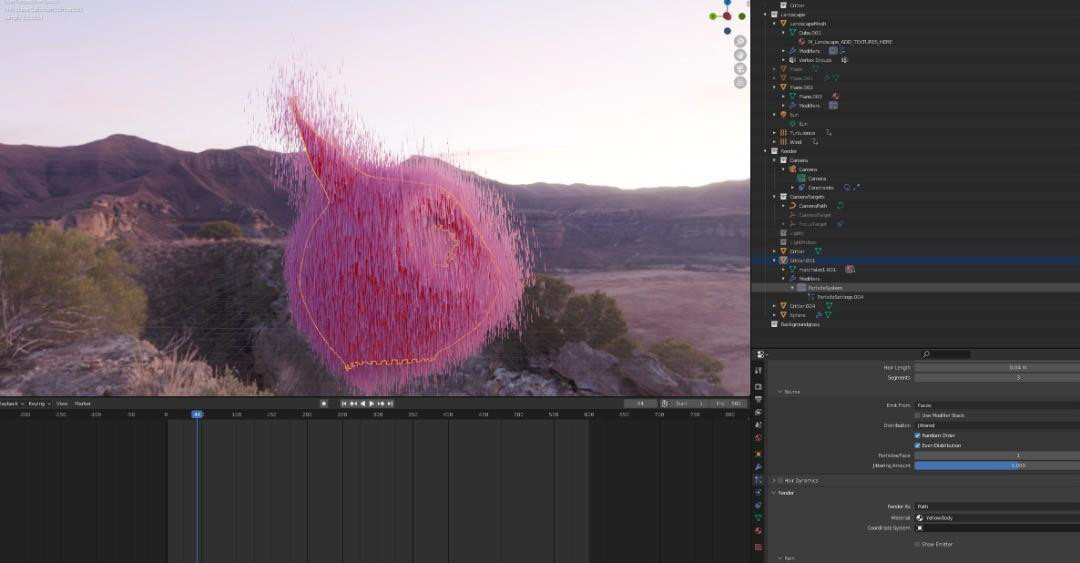
Particle System Failure
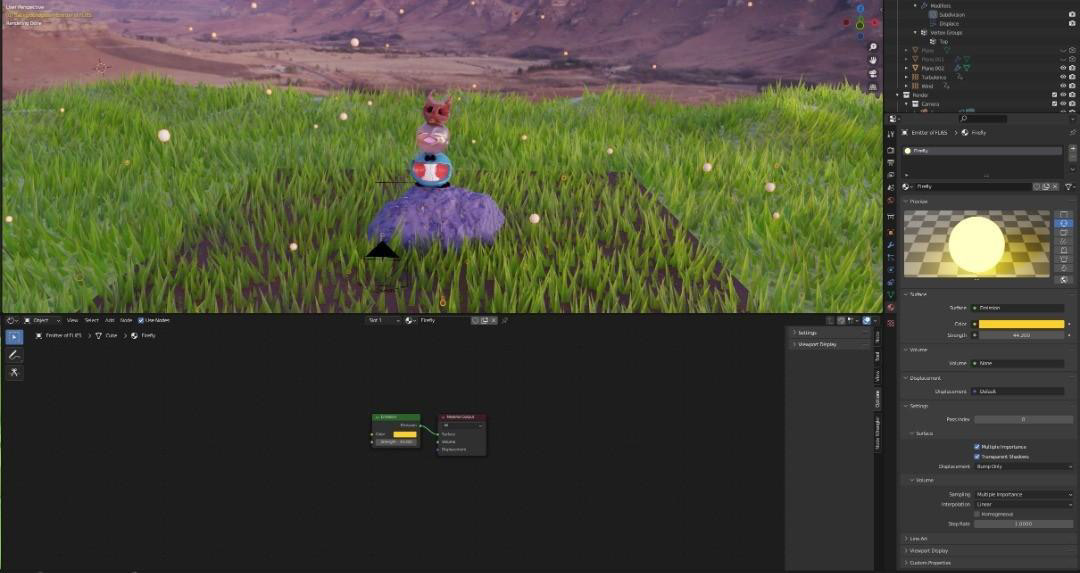
Draft Landscape
Blender animation, edited in Premiere Pro.
Duration: 0:48
Duration: 0:48
PROJECT 3: Digital Terrarium
Using a combination of physical and digital techniques, create an ecosystem for a “critter”. Your “critter” could be animal, vegetable, or mineral–as its parent, you decide. Consider and plan the ecology that is needed to support a healthy life for your critter. What is its natural habitat? How can you reproduce a habitat within a confined space?
Using a combination of physical and digital techniques, create an ecosystem for a “critter”. Your “critter” could be animal, vegetable, or mineral–as its parent, you decide. Consider and plan the ecology that is needed to support a healthy life for your critter. What is its natural habitat? How can you reproduce a habitat within a confined space?
These creatures were initially inspired by the dust ball creatures from Spirited Away.
The creatures were first modeled in plasticine. Then, I 3D scanned the model with the help of a turntable and many pictures. The scan was imported into Blender, where I created procedural textures for the creatures, and also built an environment. I keyframed the lighting, emission, and movement of multiple objects in the scene. I worked with hair particle systems to create the grass and fuzz on the red creature. Then, once fully rendered, I edited in environment sounds in Adobe Premiere Pro.
